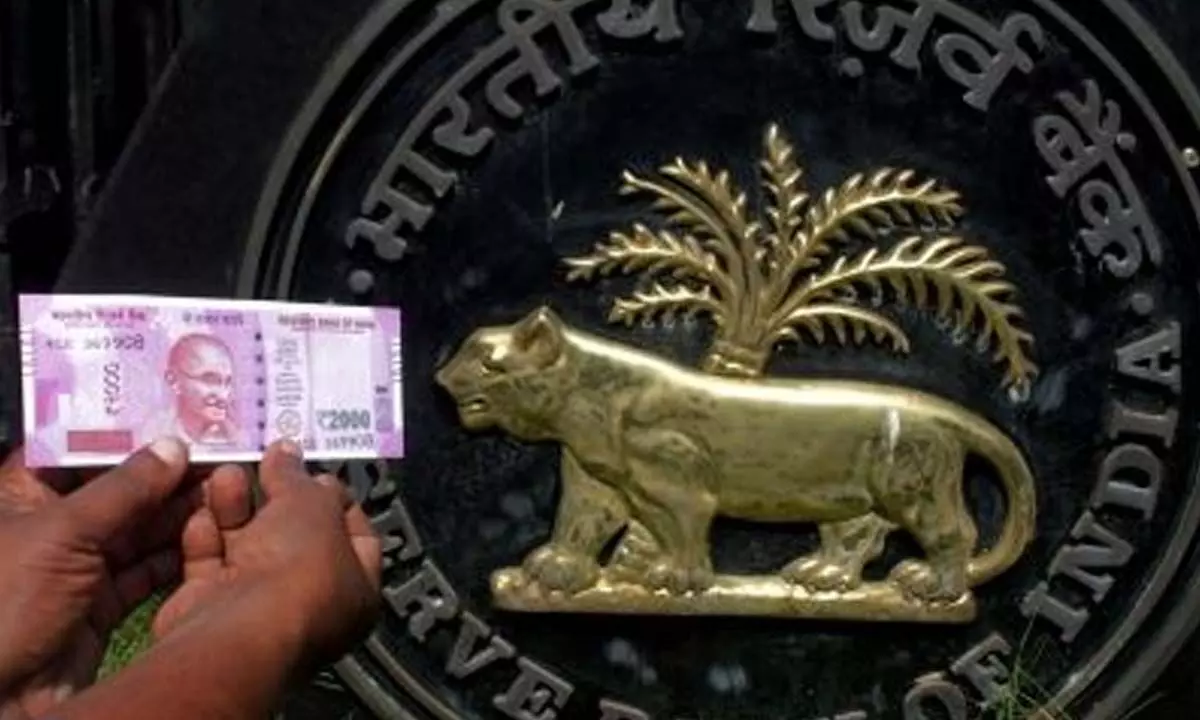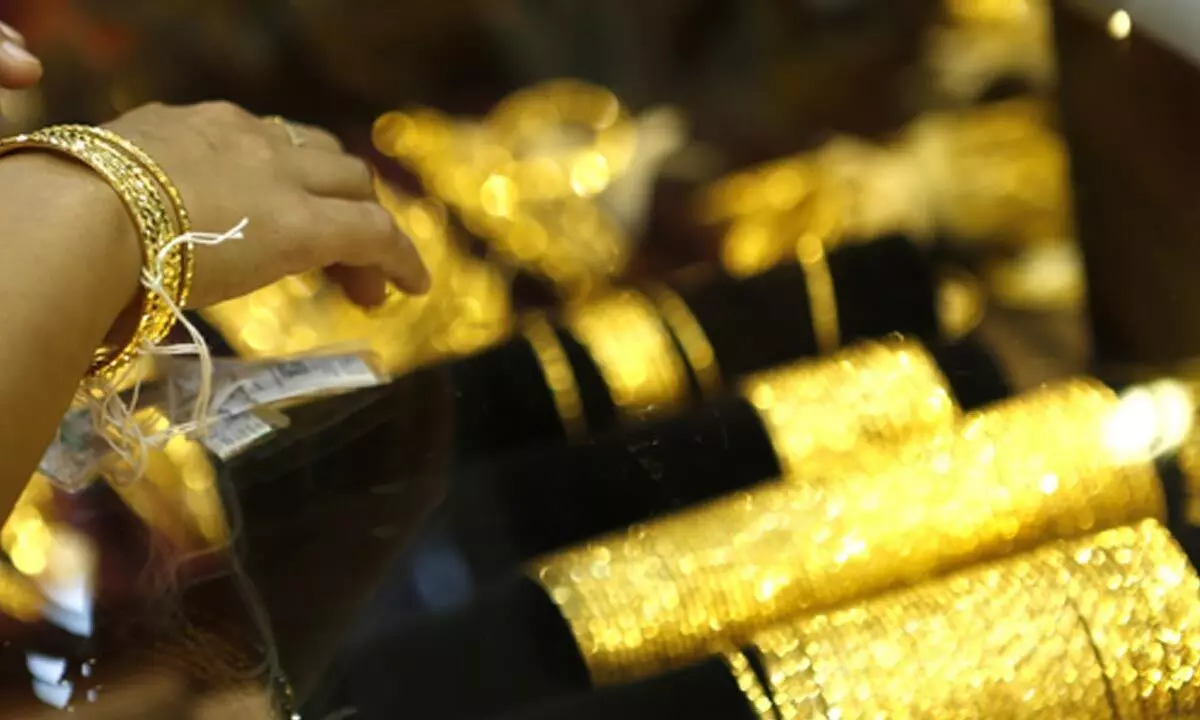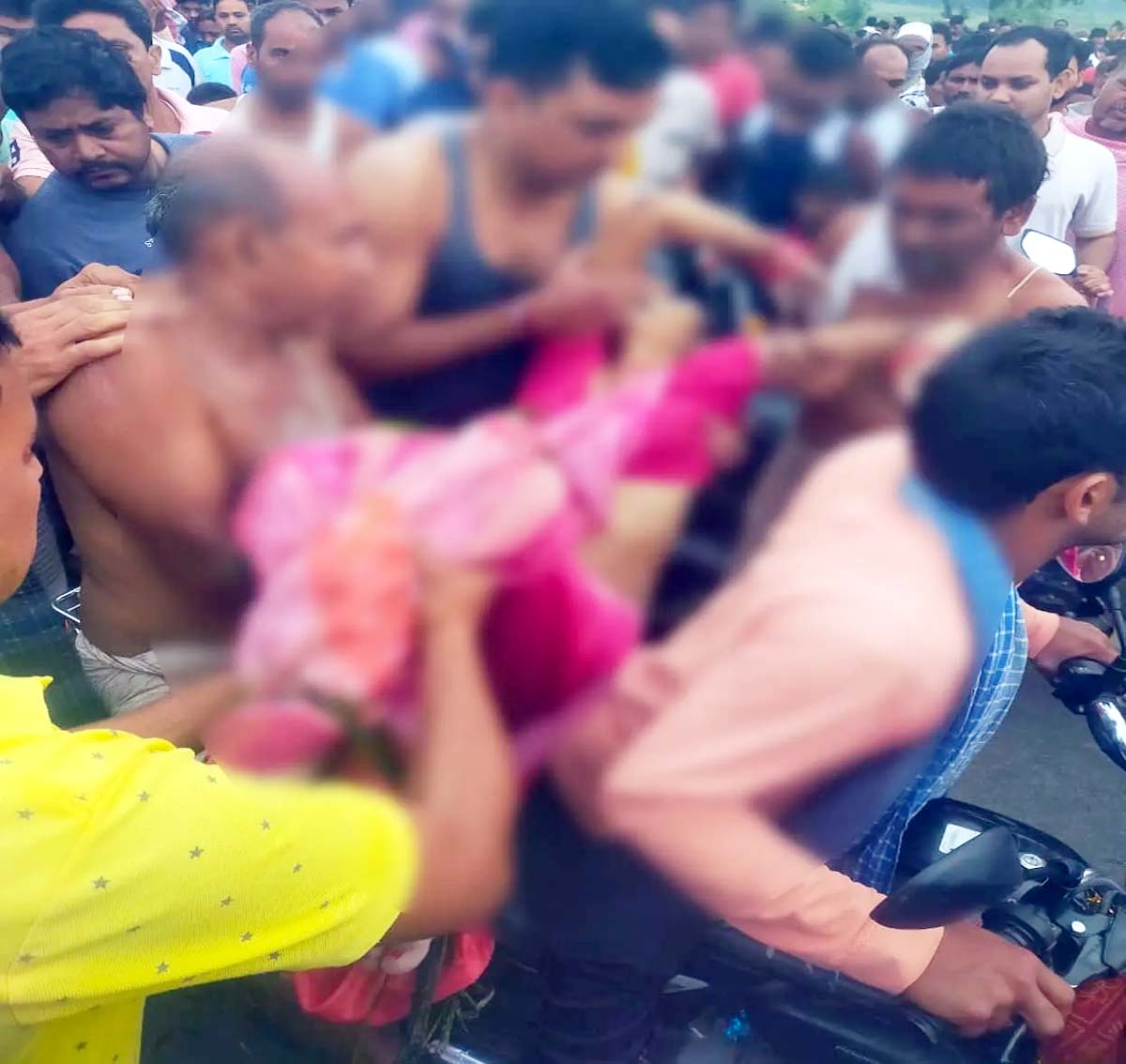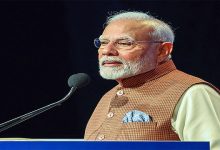Chamba: Metal craft pushed into oblivion

Chamba: Nestled in the Pir-Panjal Himalayas, Chamba is not only home to spectacular landscapes, sprawling meadows and mighty rivers, but is also a treasure trove of culture and intricate arts and crafts. One such rich tradition of metal handicrafts in Chamba is on the verge of extinction due to government apathy, which is undermining the efforts of artists to preserve their heritage. The local artisans find themselves at a crossroads as factory-made metal goods dominate the market and the younger generation is also turning away from the art in search of more lucrative opportunities. This lack of interest can be attributed to poor patronage and marketing. Ankit Verma, who is carrying forward his family’s legacy of metal craftwork, expressed his disappointment at the lack of support from local authorities. “During many fairs and festivals in Chamba, the local administration invites us to discuss plans to sculpt statues and other artefacts that are gifted to visiting dignitaries.
However, the contract often goes into the hands of sly traders who procure factory-made metal artefacts from outside the state in our name,” he said. “This is not a one-time incident. This story is repeated every year, irrespective of who is in power. This practice not only deprives local artisans of essential work opportunities but also destroys the authenticity of our cultural heritage,” Verma lamented. “Moreover, the traders claim that the artefacts have been sculpted by them, thus not only misleading the guests but also taking away the credit of the real artists,” he added. Tilak Raj Shandilya, a veteran craftsman with five decades of experience in metal crafting, said, “Earlier this year, the administrative officers had sought my services to carve a statue of Lord Ram to be installed in the Governor’s house in Shimla. They shared the features of the statue. I asked for at least three months to carve the statue and the meeting ended on a positive note.
“Recently, I came to know that a businessman had already supplied the statue and was also felicitated by the governor for ‘sculpting’ the statue,” he said. The businessman certainly had political backing, which eventually got him the contract and he claimed to have created the artwork. Shandilya said if such incidents continue, Chamba metal craft will soon be lost to oblivion. Chamba metal craft, a hallmark of Himachal Pradesh’s rich cultural heritage, involves the meticulous workmanship of brass in religious symbols, household items and decorative objects. The tradition began in the 10th century during the reign of King Sahil Varman of Chamba. Chamba metal craft has the influence of Kashmiri crafts as it was introduced by Kashmiri artists who were patronised by the king and settled here. Two techniques are used in making these artefacts: lost wax method (ciré perdue) and sand casting. Ciré perdue involves making a wax model (sculpture), forming a mould by coating it with clay, heating the wax till it melts and flows out through the small holes left in the mould and then pouring metal in the remaining space. Each artefact made using the lost-wax technique is unique and a ‘masterpiece’. Sand casting is used for mass production.
















